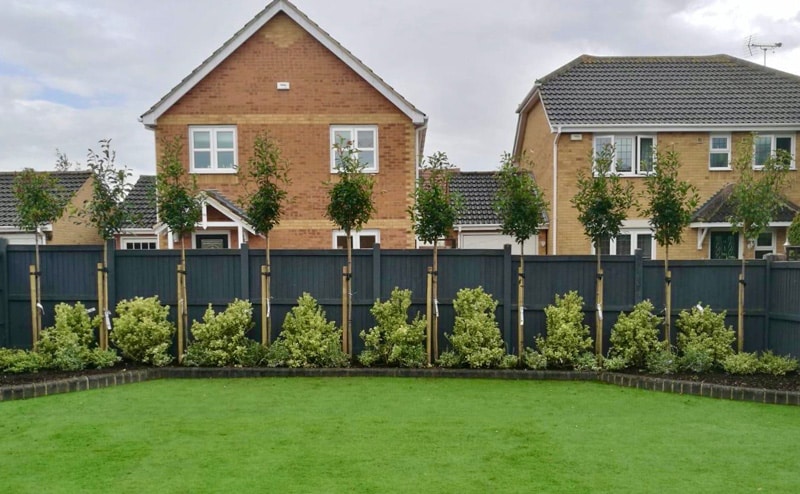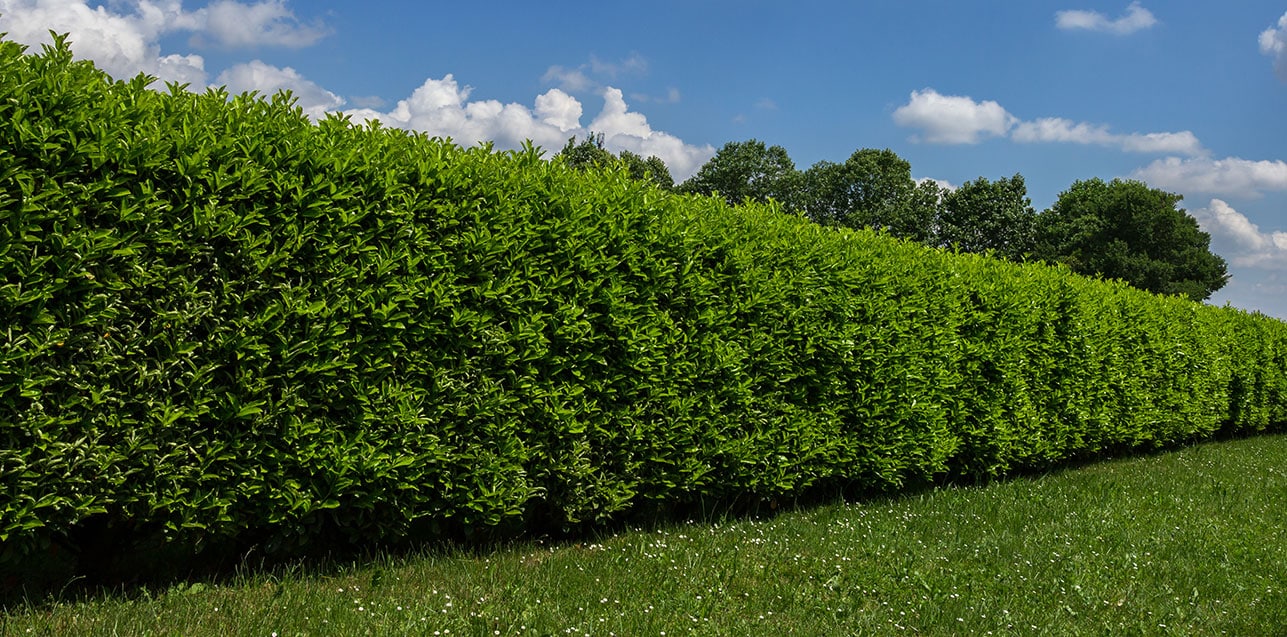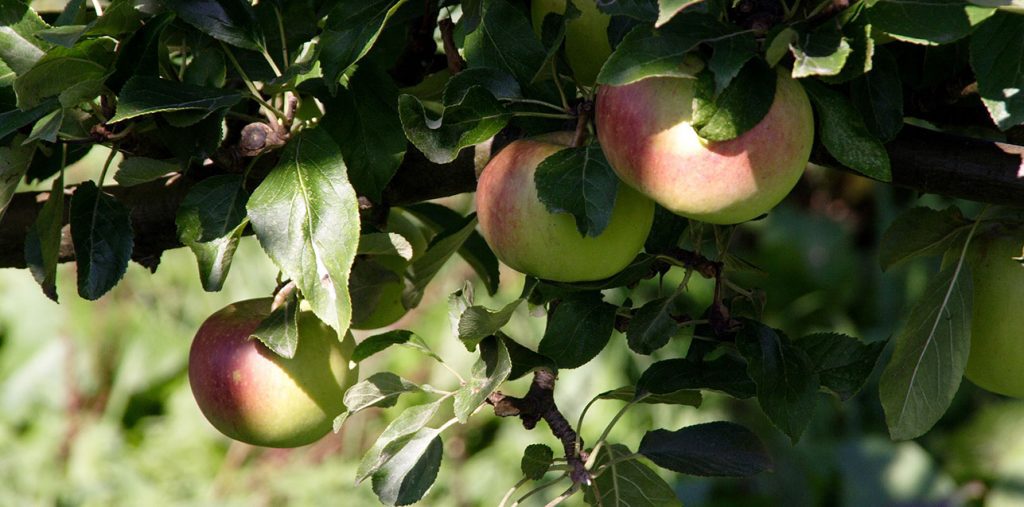Trees enter a dormant phase from November through March. This is a natural rest period where growth slows and metabolic activity decreases. During this time, trees conserve energy and resources to prepare for the warmer weather and the next growing season. If you are wondering when to plant bare root and rootball trees, this dormancy window is the only opportunity. Once active growth resumes in spring, only container-grown trees are suitable for planting.
What types of trees can you plant in the dormancy period?
While container-grown trees can be planted year-round, the dormant season opens up additional planting options…
Bare Root. These plants are only available during dormancy because they’re lifted directly from the ground without soil around their roots. This makes them easier to transport and significantly more economical than container-grown stock. Smaller hedge varieties are most commonly sold as bare root, but the suitability of planting large plants this way depends on species and height.
For more information on bare root plants as well as helpful planting tips, check out this guide!
Rootball. Rootball trees are also lifted during dormancy but with a ball of soil intact around their roots. This provides extra protection and helps support successful establishment, especially for larger trees and hedging. Rootballs are another practical, cost-effective way to create an instant hedge.
Don’t Miss the Dormant Season!
Knowing when to plant bare root trees makes all the difference. Dormancy is the only window where bare root and rootball trees can be planted safely. Make the most of the cooler months by choosing these options, your landscape will be ready to thrive come spring!






